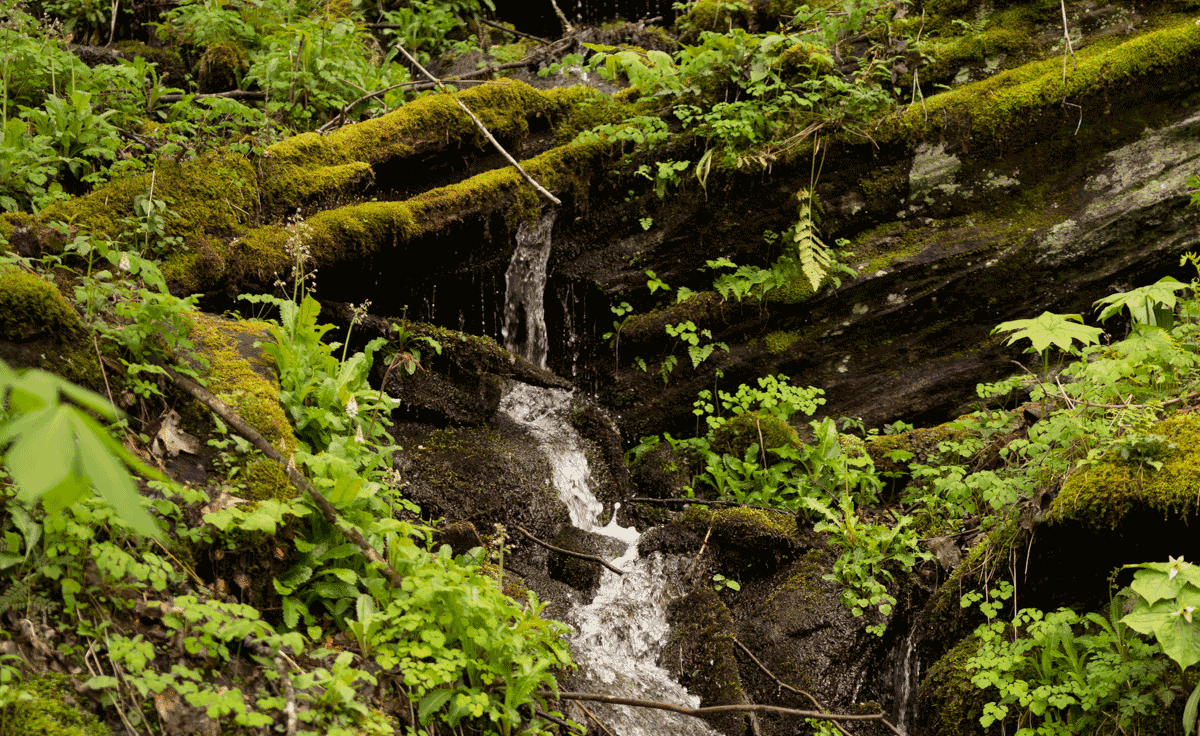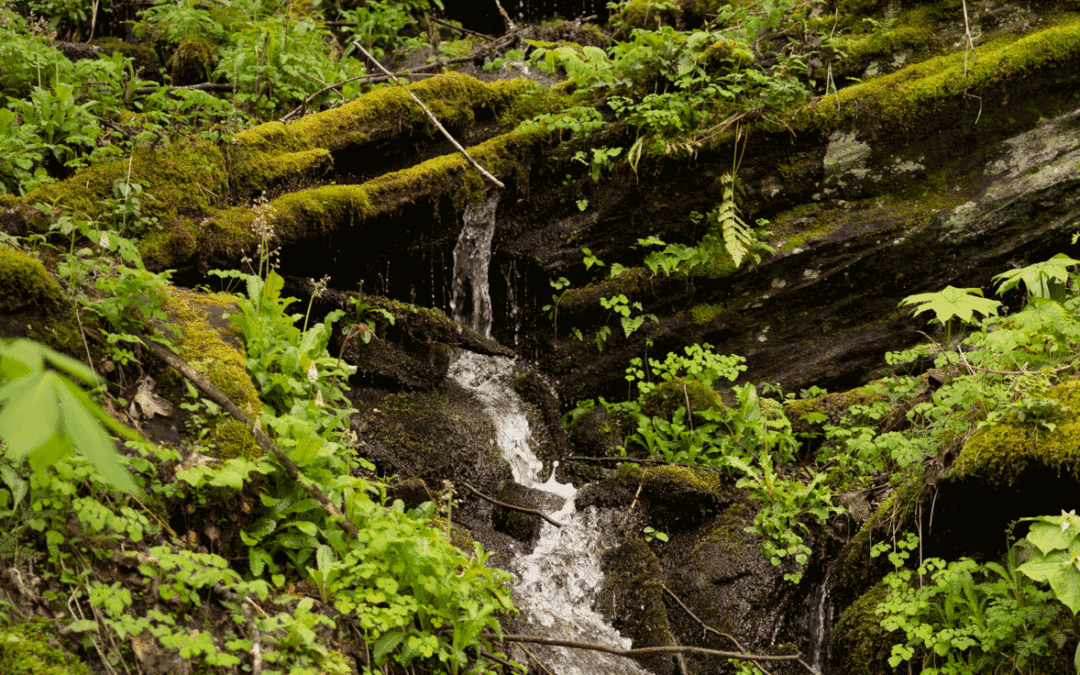Protect the Waters of Nantahala-Pisgah National Forest

The Nantahala and Pisgah National Forests are the headwaters of seven major river systems, providing drinking water for millions of people in four southeastern states and wildlife habitat for a bewildering array of native species.
Unfortunately, the current draft plan is inadequate in a few very important ways when it comes to water quality protections and we need you to speak up. The deadline for public comments is June 29 and this is our last significant chance to have our say. You can comment more than once.
The draft plan proposes less stream protection for the Nantahala-Pisgah than other Southern Appalachian National Forests such as the Chattahoochee, the Cherokee, and the Jefferson. While the 100-foot buffer on perennial streams is good, the draft plan only affords intermittent streams a 15-foot buffer, and provides no protection at all for ephemeral streams — the type of streams that make up the very beginning of the watershed networks we depend on.
Compare this to Cherokee National Forest, across the border in Tennessee, which has a default riparian buffer of 100 feet on perennial streams, 50 feet on intermittent streams and 25 feet on ephemeral streams. Cherokee National Forest also allows buffers to be increased to 264 feet in areas with steeper slopes.
These buffers prevent streams from being degraded, provide shade, and reduce sediment pollution and habitat damage due to timber harvesting, road building and other development. When these protective buffers are removed, water temperatures increase and sediment makes its way into streams and rivers suffocating aquatic habitats — reducing populations of species such as trout, freshwater mussels and hellbenders.
Learn More About Our Forest Waters
Water quality protections for the Nantahala and Pisgah should meet or exceed the water quality protections given for other Southern Appalachian National Forests so that our forest streams are protected from road building, skid trails, log loading areas, waste disposal and other ground disturbing activities.
Additionally, watersheds classified by the state as Outstanding Resource Waters are determined to have excellent water quality and exceptional ecological or recreational significance. There are nine ORW watersheds within Nantahala-Pisgah National Forests and they should be named and protected in the plan.
This Forest Management Plan will set priorities and protections for the 1,200 miles of streams and rivers of Nantahala and Pisgah National Forests for the next 15-20 years, and this is our last significant chance to make our voices heard.
Please take action for clean water today.
Comment below or checkout our our Forest Plan Resource page for our full analysis of the entire Draft Forest Management Plan.

